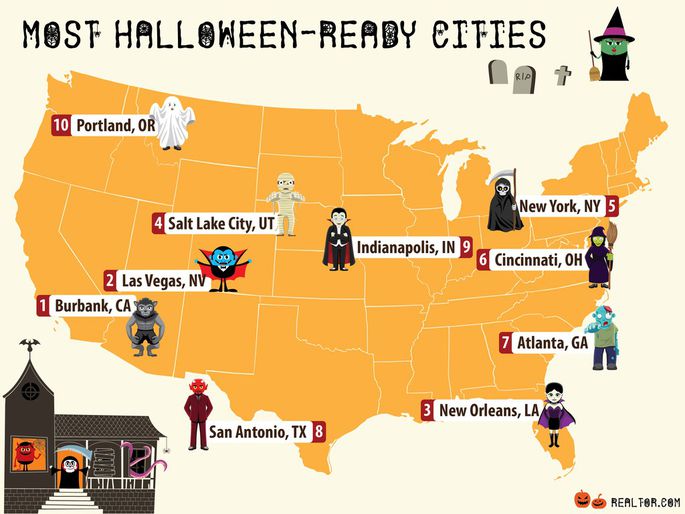How to Build a PR Strategy Around Your Internal Data

While internal data is beneficial for improving efficiency and innovation within your organization, these figures are also valuable outside your company walls.
Turning proprietary data into public-facing content can be a winning strategy for getting PR mentions and boosting brand awareness.
Here’s why: journalists want to get their hands on never-before-published data. Your company’s data is 100% unique and only you can access it, which makes it an exclusive source in the eyes of reporters.
By crafting media-worthy stories from your data, you’re giving the press exactly what it wants: new, compelling information that no one has seen before.
How are PR and marketing teams harnessing the power of internal data?
Here are real-world examples of how company data is being used for press attention and brand awareness.
Adding Insights Around Current Events
As content marketing efforts continue to mature, and more brands embrace journalistic practices throughout their original brand storytelling, it only makes sense that marketers would want to take the initiative to collect and distribute their own original data.
When your content serves as the source of new information, your brand becomes an active player in the larger digital publishing landscape.
Put simply, publishing your own data lets your content go from second-hand account and reactive commentary, to authoritative, breaking news.
In the past, content marketing teams would follow news feeds to drive their own ideation, and to make sure their content calendars were up-to-date with the latest cultural trends and current events.
Today, some marketing strategies are turning that relationship on its head by investigating fresh consumer insights that spark media attention.
Marketing analytics company Jumpshot identifies worldwide online behavior trends by tracking billions of clicks around the web.
This data is used to garner insights specific to its clients’ target markets, but Jumpshot also mines the click data for timely PR stories it can pitch to the press. For example, shortly after the 2016 presidential election, the company published data showing a majority of clicks on fake news stories were coming from Facebook, which helped validate suspicion that the social network was playing a large role in the dissemination of false stories.
The story earned major media pickups including USA Today and The Wall Street Journal.
Athenahealth, which delivers cloud-based services for 80,000 health care providers, manages clients’ financial and clinical records and has access to 90 million patient records.
Last year, the company launched a digital magazine called athenaInsight to tell stories that help explain complexities in the healthcare industry. From the spread of the flu, to the Zika virus scare, to opioid prescription trends, the ability to track data around current public health issues in near real-time makes Athenahealth’s content newsworthy. Executive Director of Content John Fox says the company has sometimes released data faster than the government health organizations that journalists often turn to, such as the Centers for Disease Control.
Identifying Trends in Your Niche
Trend pieces are a media staple, so spotting consumer behavior trends in your data can be a winning recipe for earning press. Wayfair uses customer transaction data to identify the latest trends in its space, ranging from popular colors and styles, to which areas of the home people are shopping for.
Julie Cassetina, Wayfair’s Public Relations Manager, says regional and quirky angles such as which cities purchase the most Halloween decor and unusual wedding registry items, have proven successful for generating press mentions.

Online food delivery service Grubhub began integrating customer order data into its consumer storytelling back in 2012. Data storytelling is now an integral part of its PR program, allowing GrubHub to become part of various media cycles, reach new audiences in smaller markets, and generally increase the share of voice. Campaigns tap into the consumer zeitgeist by highlighting trends, such as a year-end review of the most popular dishes of 2016 and a recurring monthly series on Grubhub’s blog that lists which dishes are currently trending.
Beyond reporting on ordering trends, GrubHub cleverly combines its data with other data sets to spot interesting links.
Original research is clearly a powerful force in a content marketing strategy that distinguishes brands from the competition and allows them to create higher quality content.
Content marketing companies, such as Fractl, collect tens of thousands of data points around the marketing campaigns they produce for their clients.
This data is not only used internally to benchmark and analyze results but also provides a better look at the state of the entire content marketing industry, such as insights around the elements of widely-shared content and content that appeals to global audiences. Publishing this data has also proven to be a strong driving force for lead generation – within two years of launching a data-focused content strategy, the agency has seen a 667% increase in new leads.
Becoming a Reliable Source for the Press
Once your company earns a reputation as a data provider, journalists may start proactively reaching out to you, opening up another valuable distribution channel for your content, and positioning your brand in the public view as a reliable, informative authority.
This has been the case for car buying website CarGurus. Regularly sharing its data has established the brand as a credible source with the media over the years, achieving significant press coverage as a result, according to Amy Mueller, VP communications at CarGurus.
The PR team pitches the media with consumer-friendly insights extracted from pricing data sourced from millions of car listings, such as how dealership location affects car prices and which car models are best at retaining value. Mueller says it’s now common for journalists to approach them asking for data or to be an expert source. When they pitch a data story that isn’t relevant to a reporter’s immediate needs, sometimes it leads to a question about whether CarGurus has data to support a story they are currently working on. The team even has a dedicated data analyst on staff to handle these on-the-fly requests.
Ready to share your data? Here’s some advice for companies looking to turn their data into content:
Treat it as a long-term strategy. Athenahealth treats its data-driven content strategy as a long game rather than a one-time attempt to drive traffic. By conducting and publishing their own data, they establish brand equity and credibility.
This perspective allows the content the time it needs to get enough attention to drive business goals.
Consider combining your data with other businesses. Pooling together several datasets can reveal interesting correlations, and offer ideas for future brand partnerships and collaborations that could allow your brand to connect with an audience outside its primary demographic. For instance, GrubHub combined its ordering data with Zocdoc’s cold and flu appointment data to reveal that people really do eat more soup when they’re sick.
Make it useful. Simply sharing your data is no longer unique; it needs to be insightful.
Make sure to give enough context around why your data matters, rather than just sharing the numbers. Once the research process is complete, your marketing team can begin transforming the results into interesting and engaging content formats that present the facts to your audience in unique ways.
In addition to news stories, some options you may consider are infographics, case studies, or even an ongoing series of blog posts.
Like many companies, you may struggle to find compelling story angles to pitch the press unless something new happens, such as launching a product.
Publishing your data allows you to become a more active author in telling your own brand story by continuously uncovering new insights and generating wider awareness of your industry.
This can only help audiences form deeper connections to your business.











